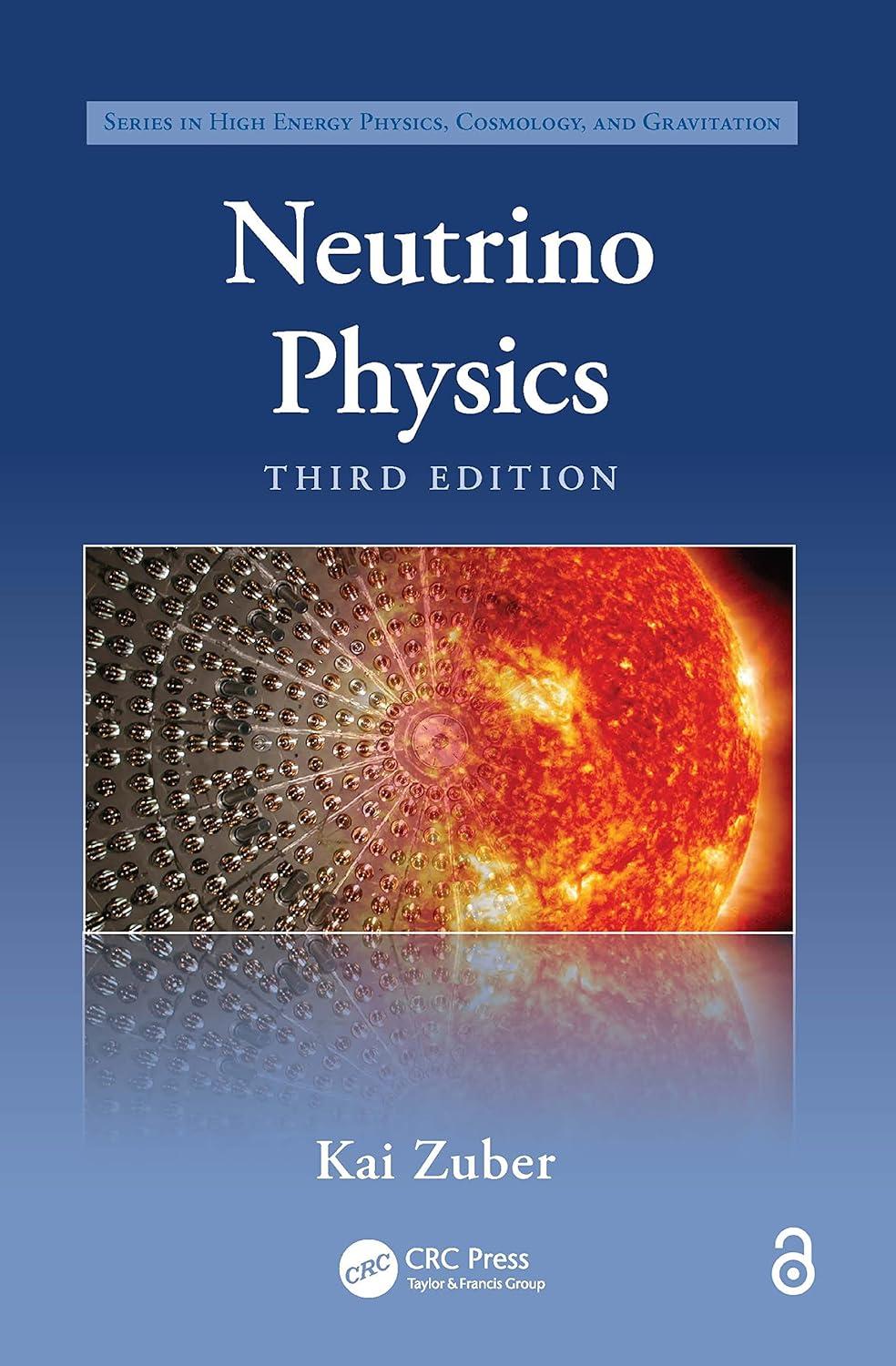I am needing an explanation for these answers. Thanks a lot
Part A An ideal gas is confined within a thermally isolated cylinder. It consists of NV atoms initially at a pressure of Po. A movable piston seals the right end of the cylinder, as shown in the figure. (Figure 1)A given amount of heat As heat is added, the pressure in this gas Q is slowly added to the gas, while the piston allows the View Available Hint(s) gas to expand in such a way that the gas's temperature remains constant at 10. increases decreases remains constant O cannot be determined Submit Previous Answers Correct Part B Is the internal energy of the gas the same before and after Q is added? View Available Hint(s) yes no Submit Previous Answers Figure Correct Part C Po Piston Does the second law of thermodynamics forbid converting all of the absorbed heat Q into work done by the piston? moves View Available Hint(s) yes O Submit Dravinne Aneware P PearsonThe (Kelvin-Planck statement of the) second law of thermodynamics reads as follows: It is impossible for an engine working in a cycle to produce no other effect than that of extracting heat from a reservoir and performing an equivalent amount of work. The phrase "in a cycle" does not apply in this situation, so the second law does not forbid heat being converted entirely into work. For this particular problem, is all of the heat energy absorbed by the gas in fact turned into work done on the piston? View Available Hint(s) yes no Submit Previous Answers Correct Part E Does the magnitude of the force that the gas exerts on the piston depend on the piston's area? View Available Hint(s) yes no Submit Previous Answers Correct Part F Is the total work done by the gas independent of the area of the piston? View Available Hint(s) yes no Submit Previous Answers Correct Given the same initial pressure of the gas, the greater the area of the piston, the larger the force on it. However, the work done on the piston when heat energy Q is added is independent of piston area (because W = Q - AU and AU = 0). From this we can infer that the force must act through a shorter distance (i.e., the piston does not move as much) when the piston area is greater. P Pearson








